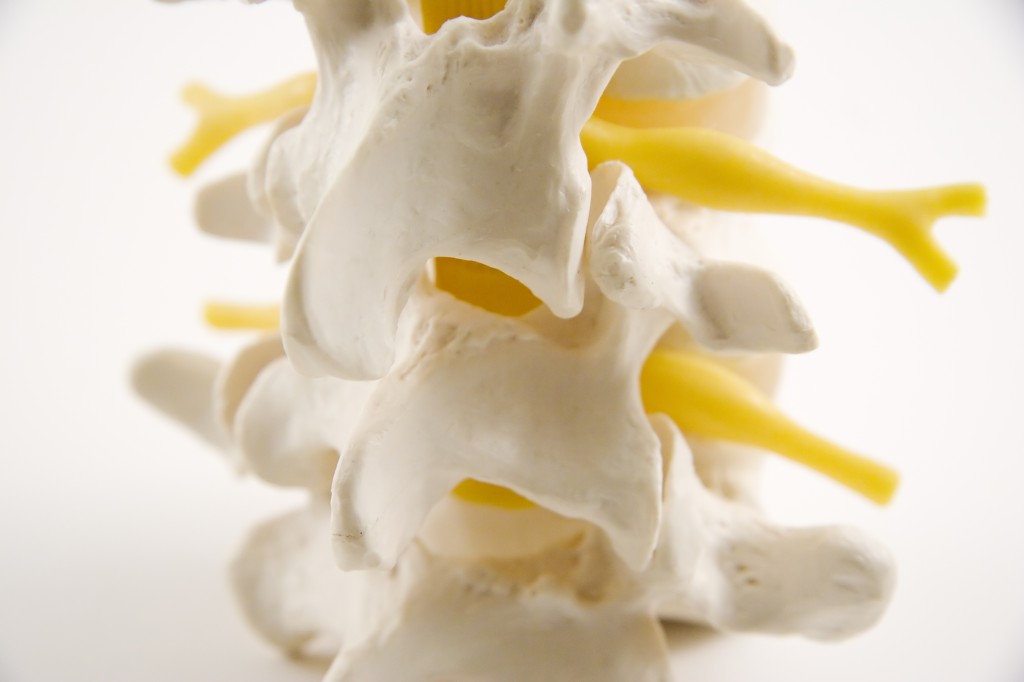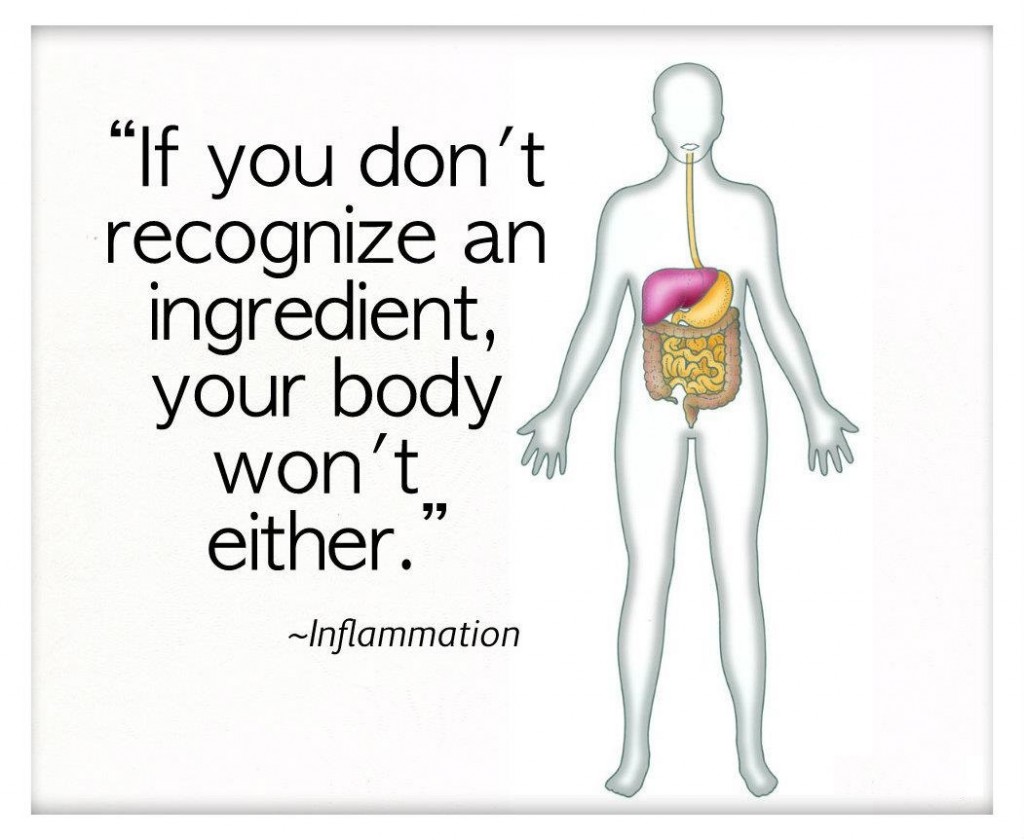
Recent research from New Zealand has found that Chiropractic care may reduce gym and fitness-related injuries while also improving performance.
According to Dr Heidi Haavik, Director of Research at the New Zealand College of Chiropractic, the inability of some people to properly activate and control their core muscles when engaging in exercise, predisposes them to injury – particularly in the lower back. This may be reversible with regular chiropractic care.
“We know that delayed trunk muscle reflex responses increase the risk of low back injuries. Research suggests that this is partly due to a failure of the brain to predict what is going to happen during some movements. There is now accumulating evidence that chiropractic care may play a part in improving the ability of the brain to engage the core muscles appropriately and stabilize the spine”, states Dr Haavik.
The nervous system plays such an essential role in our bodies, especially when it comes to our fitness. Your nervous system connects to every system in your body – from your muscles and bones, down to your organs, it even controls things like your immune system. In many ways, it’s like the electrical system of your house with your brain acting as the power source. When there is interference to the nervous system (a structural shift in your spine) your electrical system will not work properly. When it comes to athletic performance, this interference results in an inability of the brain to activate the core muscles in time – which may be the cause of many gym and fitness-related injuries.
It’s important to note that poor nervous system coordination will not manifest itself as a ‘symptom’ until it is too late. So, if you’re only using chiropractic care as pain management – you’re missing out on this performance and prevention benefit.
Chiropractors and elite athletes have know for years that chiropractic care helps them perform at an optimal level – it seems that now science is finally starting to catch up and demonstrate how it actually works. From Dr. Haavik:
“Chiropractic care improves the communication between the brain and body and results in better control of the core muscles during body movements, so that your spine is at less risk of injury. We are also starting to see research developing which suggests that a single session of chiropractic care may improved muscle activation and increase muscle contractions equivalent to findings following three weeks of strength training. This line of research also suggests chiropractic care may possibly reduce muscle fatigue developing during strong contractions.”
In our office, we see Athletes, Crossfitters, Triatheletes, and Runners – and guess what? Most of them don’t have back pain, but are actually looking to make their bodies work more efficiently. After all, normal structure allows your body to operate smoothly and at its best.





